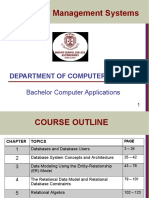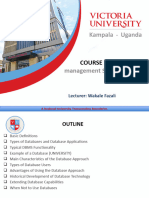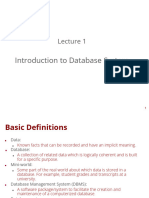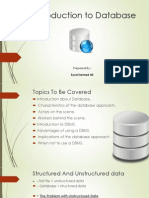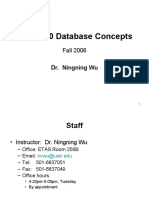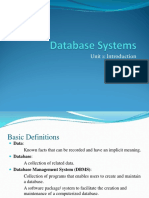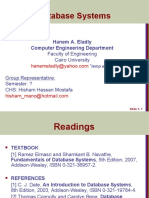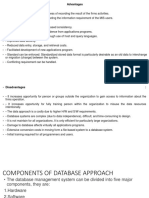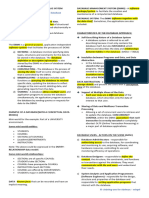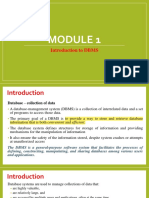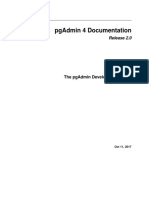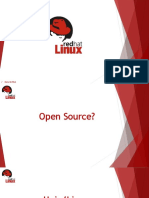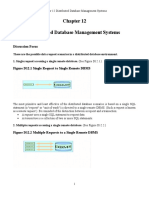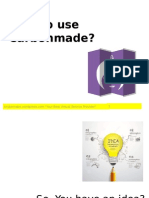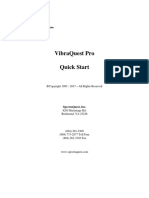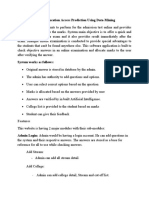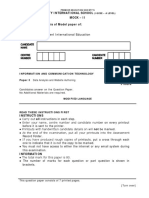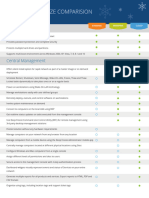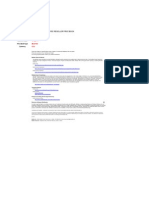0% found this document useful (0 votes)
15 views32 pagesDBMS Module1 Chapter1 PPTs
This document provides an introduction to databases and Database Management Systems (DBMS), outlining key definitions, characteristics, advantages, and the historical evolution of database applications. It describes the roles of various database users, including administrators, designers, and end-users, as well as the advantages of using a DBMS approach, such as controlling redundancy and ensuring data integrity. Additionally, it highlights the progression from early hierarchical models to modern relational and object-relational database systems, emphasizing the importance of flexibility and efficiency in database management.
Uploaded by
shobhagopal97Copyright
© © All Rights Reserved
We take content rights seriously. If you suspect this is your content, claim it here.
Available Formats
Download as PDF, TXT or read online on Scribd
0% found this document useful (0 votes)
15 views32 pagesDBMS Module1 Chapter1 PPTs
This document provides an introduction to databases and Database Management Systems (DBMS), outlining key definitions, characteristics, advantages, and the historical evolution of database applications. It describes the roles of various database users, including administrators, designers, and end-users, as well as the advantages of using a DBMS approach, such as controlling redundancy and ensuring data integrity. Additionally, it highlights the progression from early hierarchical models to modern relational and object-relational database systems, emphasizing the importance of flexibility and efficiency in database management.
Uploaded by
shobhagopal97Copyright
© © All Rights Reserved
We take content rights seriously. If you suspect this is your content, claim it here.
Available Formats
Download as PDF, TXT or read online on Scribd
/ 32

